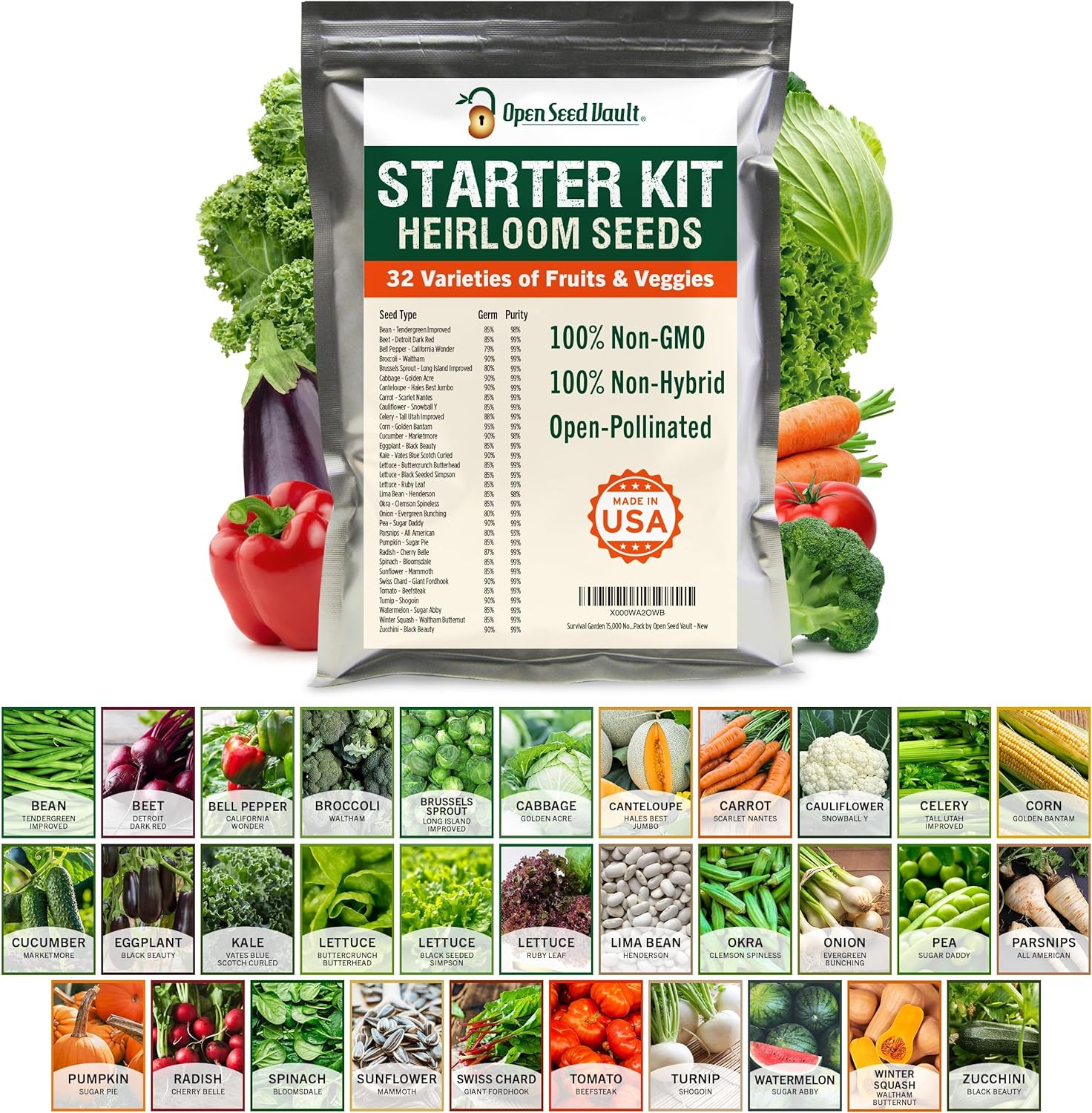What is succession planting? Boost your harvests in any sized space with these expert tips
Discover how succession planting and sowing can help you make the most of your vegetable garden

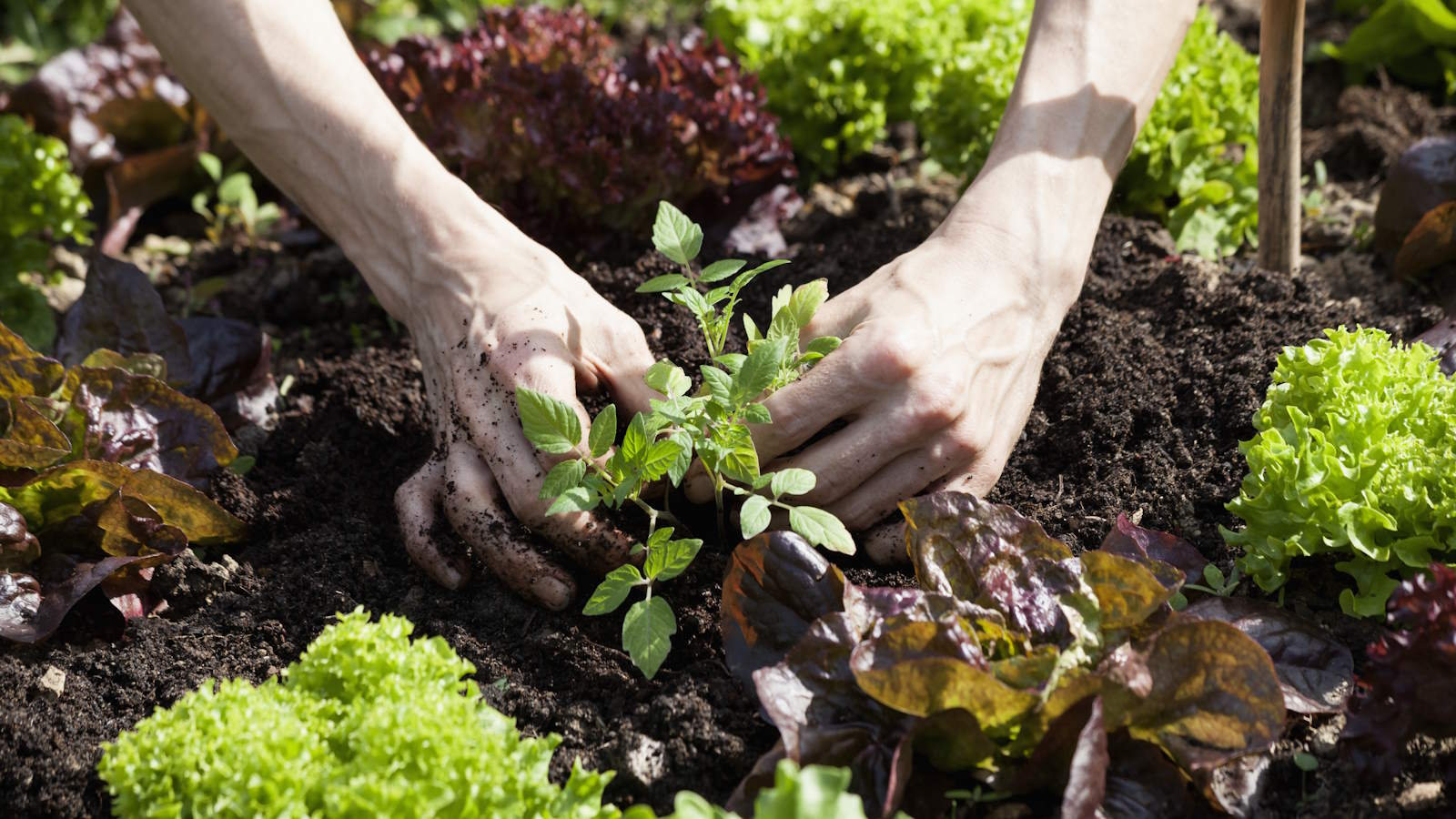
Succession planting is a very simple and proven approach to growing that can help you get the biggest harvests from your vegetable garden. With a bit of planning, and thinking about how and where to grow certain crops, you can get great yields from even a small space.
You can use the technique to grow multiple crops in succession in one space in the vegetable garden or grow the same crop in successive sowings to extend the season of an individual vegetable. It is a very effective and efficient way to grow lots of crops.
If you want to succeed with succession planting, it needs to be planned into the year’s seed sowing schedule. Planning your sowing and planting means no wasted space in the garden and the best possible yields. To help give you a clearer understanding of succession planting, we look at the benefits of utilizing the technique and get some expert tips and advice for recommended planting combinations.
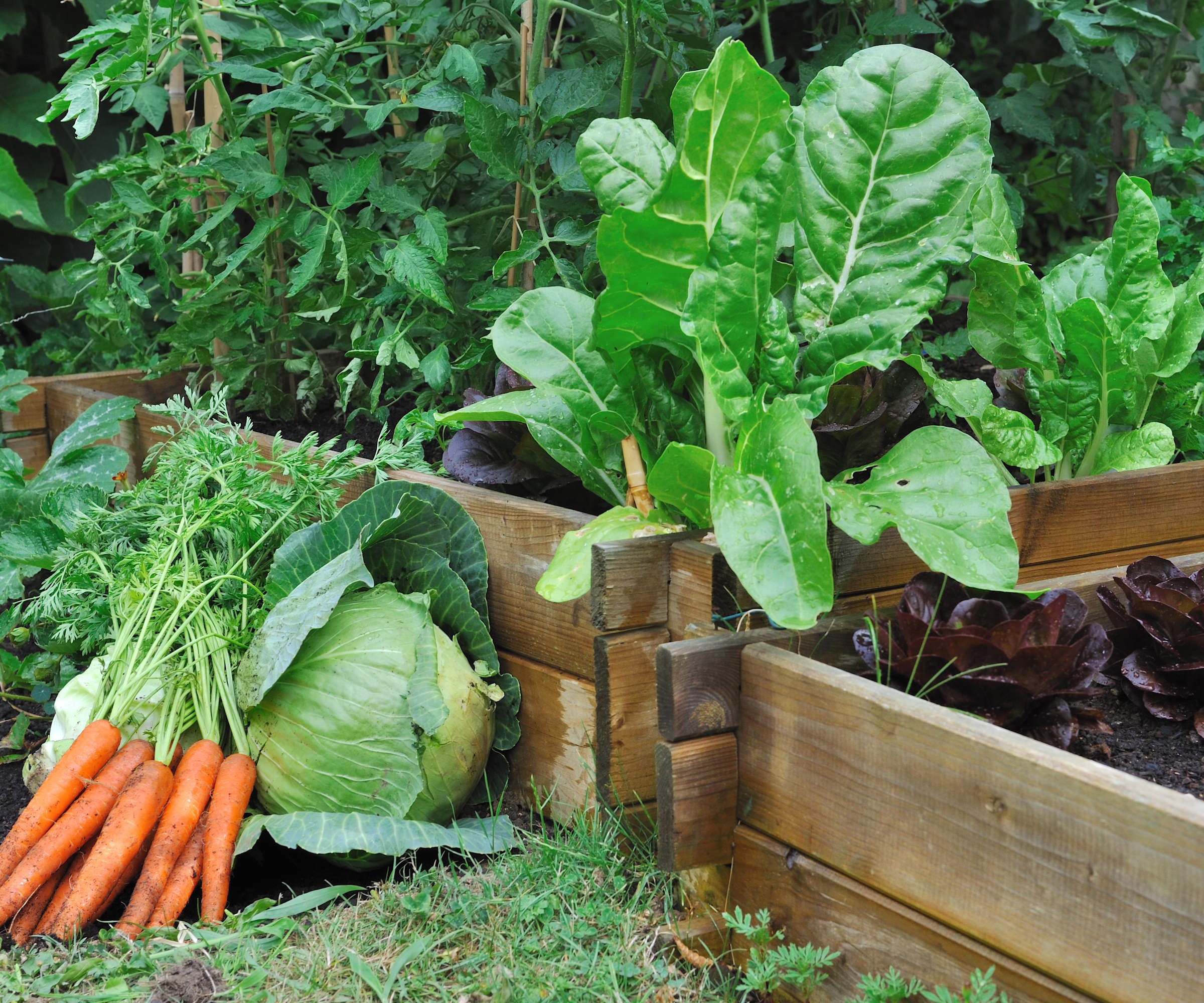
Succession planting can be done in raised beds as well as in the ground
What is the difference between successional sowing and planting?
Successional sowing is a common tool in a vegetable garden to get longer harvests. It is especially useful with lots of fast-growing vegetables, such as growing radishes, peas, beets, and lettuce.
Staggering smaller sowings every few weeks can help you to have a continual succession of crops ready to harvest over the season, rather than a glut at certain times. Successional sowing is a growing method that forms part of succession planting in the garden.
What is succession planting?
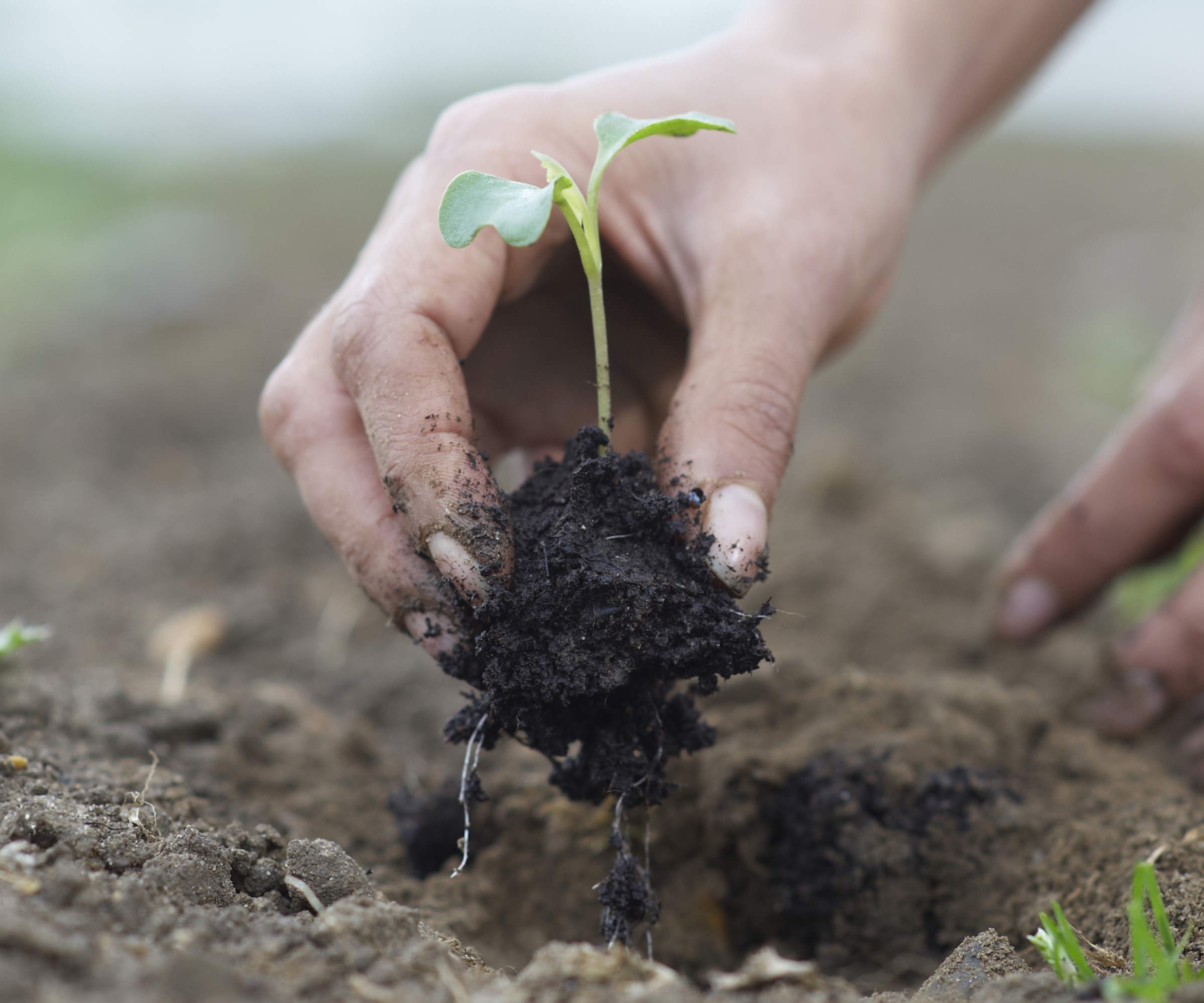
Time your plantings to make the most of any space
There are many benefits of succession plantings. It can help to keep soil healthy, free from weeds, and protected from erosion. It also helps you get the biggest harvests each year from your vegetable garden.
Planning and using succession plantings means you plant one crop immediately after another has been harvested. This can mean getting two or three crops from each growing spot during the season. Traditionally, this sees growers start with a cool-season crop that is followed by a crop that loves the warmth of summer, potentially followed again by another cool-season crop that prefers the fall conditions.
Design expertise in your inbox – from inspiring decorating ideas and beautiful celebrity homes to practical gardening advice and shopping round-ups.
As you can get up to three different crops from one bed, it means a lot of harvests. Ren Elizabeth, expert gardener and environmental advocate at Eco-Friendly Homestead, says: ‘You can really make the most of your garden, no matter the size, with this method.
‘More freshly harvested produce from your garden translates to less money spent at the grocery store. With increasing food prices, this is a huge benefit.’
To make the most of succession planting, a good level of planning and preparation is required. So when you plan and order seeds for the year and prepare for seed sowing to start, consider aspects such as when to sow seeds, how you intend to grow them, and when each crop would be ready to harvest.

Ren Elizabeth is the steward of a 5 acre homestead, where she tends to gardens, goats, and greenhouses. She is a firm believer in the importance of regenerative gardening as a nature-based solution to climate change. She is the author of the educational blog, ecofriendlyhomestead.com, where she shares information on environmentally sustainable ways to grow food.
Tips for succession planting
To help you feel more confident about succession planting, here are some tips on how to succession plant that you can use in your home kitchen garden. Whether you have a large space or a small vegetable garden, there are lessons you can implement to boost your harvests.
Plan in advance

Planning your successional plantings is important
Planning the crops you aim to grow in succession beforehand can help you make sensible decisions. The length of your season will depend on your location and this will determine if you can get two or three different harvests from a bed. It is beneficial to have a good idea of how long a crop will take to go from planting to maturity.
Sonya Query, master gardener and marketing director for Love, Plants, claims that it is ‘crucial’ to plan succession crops. She says: ‘It helps ensure a steady harvest, keeps your garden productive, and reduces the guesswork. It's important to think ahead about your climate, temperatures throughout the growing season, and how long it takes for plants to mature to ensure the right crops are coming to harvest at the right time of year.'

Sonya Query is a certified Master Gardener, gaining her qualification through Oregon State University's Extensions program. She has a certificate in Land Stewardship from Oregon State University's Extensions program, and lived on and managed a small farm in rural Oregon where she kept bees, cared for cows and chickens, and managed a large extended garden.
Do your research
It may sound daunting, but a lot of information you need to know can be found in the packets of seeds that you buy or from a quick internet search. Simple, but required, information like planting dates and days to maturity can help you plan succession sowing and succession planting.
Sonya Query recommends: ‘Start with a calendar, note the maturity dates of your seeds or starts, and stagger plantings so something new ripens every 2-3 weeks. It's a bit of work upfront but your future self will thank you.’
Get ahead with transplants
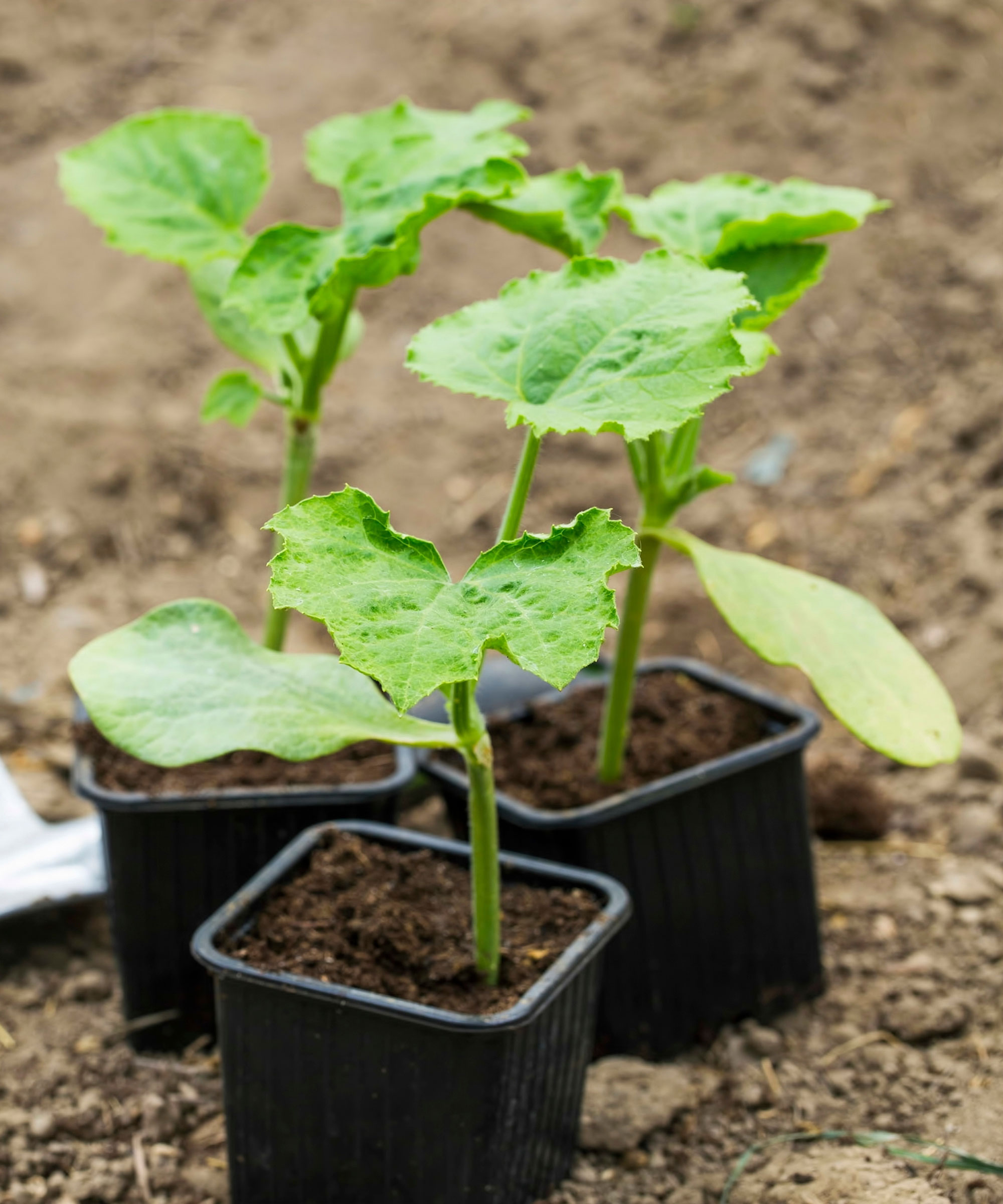
Young plants can be ready to go into the ground when one crop comes out
Sowing seeds indoors can help you get a head start at the beginning of the season. If you can start vegetable seeds indoors, in a greenhouse or indoors on a bright windowsill, before the last frost then you can have seedlings ready to transplant into the garden.
Starting seeds indoors, or in a cold frame, is beneficial throughout the year as, with good planning, it can mean you have young transplants to go into the ground straight after one crop has been harvested. This quick turnaround means the soil will be empty for the shortest time possible and there is a reduced risk of slugs or snails nibbling on seeds as they germinate.
It is important to remember that not all crops can be grown as transplants, for example, if you are growing parsnips or growing carrots you need to sow seeds outdoors directly.
Replenish the soil
When you clear one crop from the bed, it is best to be quick to prepare it for another crop to follow. Weed, rake, and fertilize the bed after harvesting the crop and it will then be ready to plant the next vegetable.
If you have sown that crop earlier, it can mean that transplants are ready to go in almost immediately. The bed can be topped up with compost or well-rotted manure, or a balanced slow-release fertilizer can be added. This keeps the soil fertile and healthy.
Understand your climate
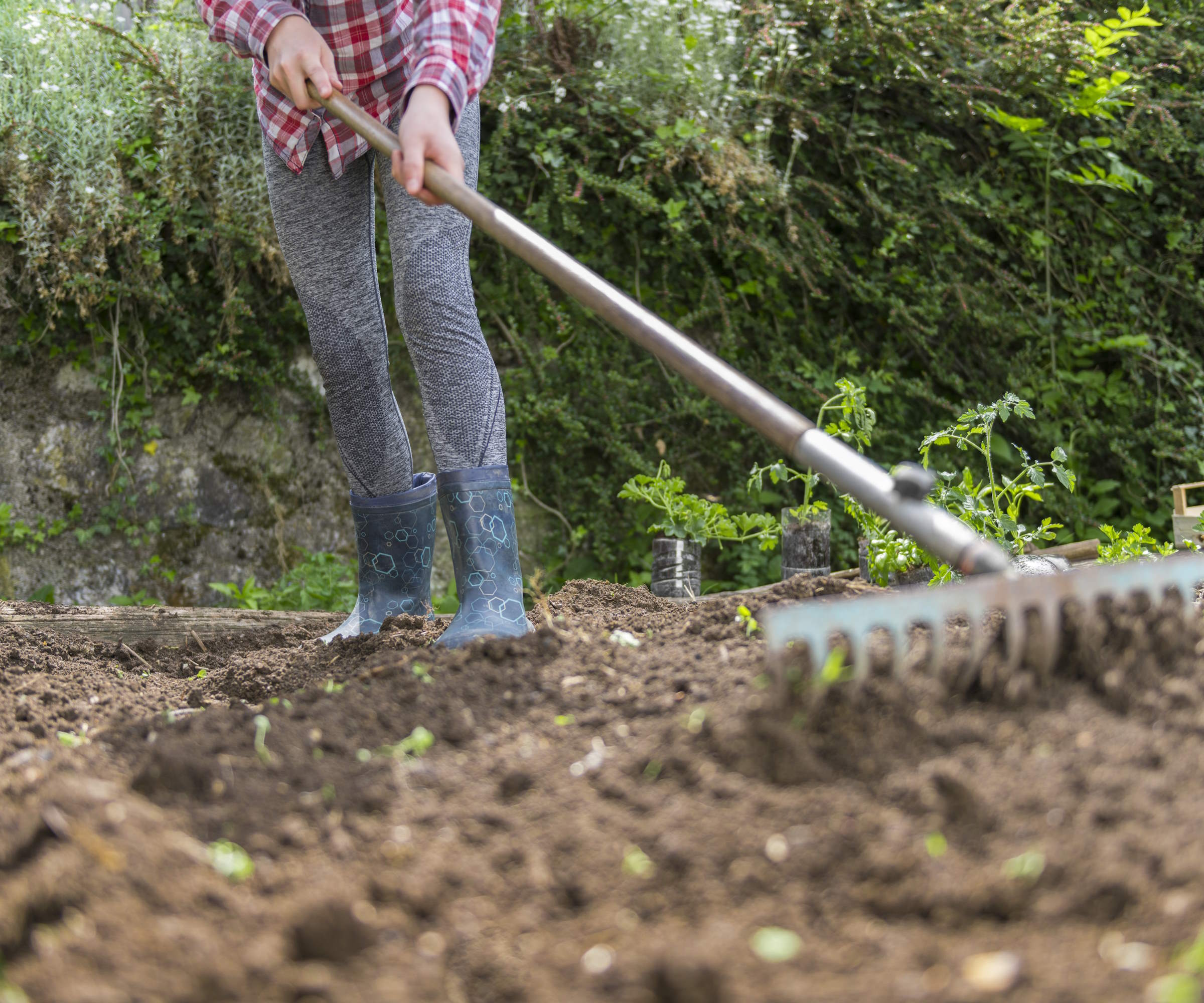
When you can start planting in spring will depend on your climate
When the frosts end and the soil is warm and workable will depend on your US hardiness zone. Being prepared ahead of the expected last frost for your location will offer many benefits.
Ren Elizabeth recommends: ‘As you near your last frost date, do any sort of prep that you need to for your garden beds. Remove weeds and remaining plant residue, top it up with compost. If you have row covers, you can transplant your first crop shortly before your last frost.’
Rotate your crops
It is advisable to use a crop rotation and avoid planting vegetables from the same family after each other. Moving crops around and not growing the same vegetables in the same place year after year prevents a build-up of disease and keeps the soil healthy and fertile.
When planning succession planting, the best practice is to not follow one crop with another from the same family.
Good combinations to start succession planting
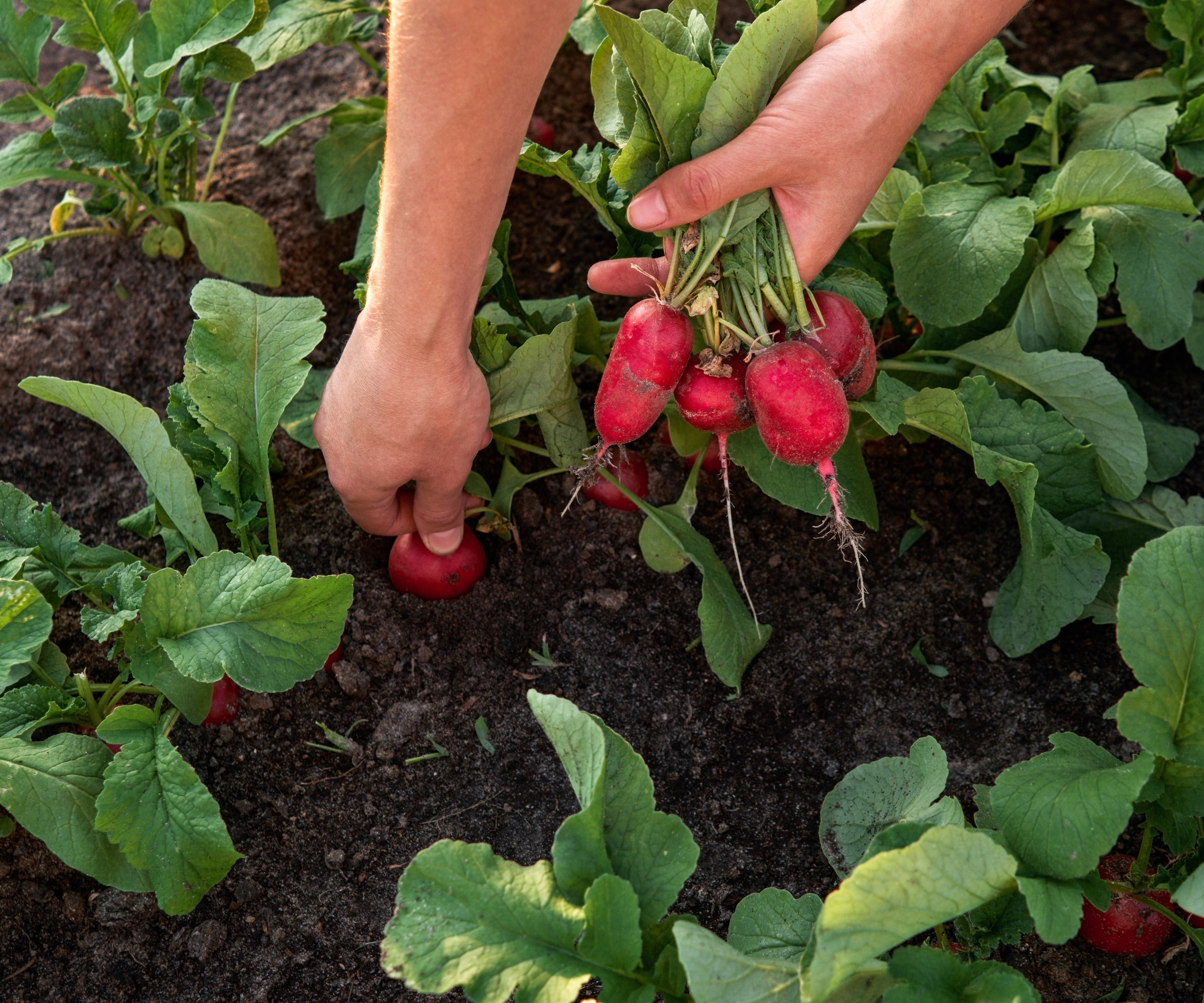
Radishes are a fast-growing crop perfect for succession sowing and planting
Keep it simple when starting with succession planting. Many of the fastest and easiest vegetables to grow can work fantastically as plants to sow and plant in succession. For example, radishes and lettuce can grow quickly and be the first crop in a succession planting plan.
Ren Elizabeth recommends growing transplanted beets, followed by sugar snap peas, and then direct sown carrots as a good combination, along with a combination of radishes, followed by bush beans, and then spinach or Swiss chard.
Sonya Query also advises: ‘Start with radishes and lettuces to open the show. They're fast growers and make way for the next act. Follow up with spinach and green onions while the big fruiting veggies mature. The main event is typically your tomatoes, peppers, and cucumbers that ripen in the heat of summer. As summer wanes, bring in a fall harvest with kale and carrots.’
FAQs
What is it called when you only grow one type of crop?
The term ‘monoculture’ is used to describe growing only one species of crop in a plot at any time. It is a practice commonly used in large-scale farming. There are disadvantages to growing in this manner, including increasing the buildup of pests and diseases that can attack a crop.
The term ‘polyculture’ means growing a diverse range of crops in one plot and that is the approach used in market gardens and vegetable gardens around the globe.
When you start a vegetable garden you dream of the best harvests possible and succession planting is one of those fantastic tools that both keep the garden healthy and reward your household with bumper crops of delicious homegrown produce. Hopefully, you have picked up a few tips to help take your vegetable garden to the next level.

Drew has worked as a writer since 2008 and was also a professional gardener for many years. As a trained horticulturist, he worked in prestigious historic gardens, including Hanbury Hall and the world-famous Hidcote Manor Garden. He also spent time as a specialist kitchen gardener at Soho Farmhouse and Netherby Hall, where he grew vegetables, fruit, herbs, and cut flowers for restaurants. Drew has written for numerous print and online publications and is an allotment holder and garden blogger. He is shortlisted for the Digital Gardening Writer of the Year at the 2025 Garden Media Guild Awards.

